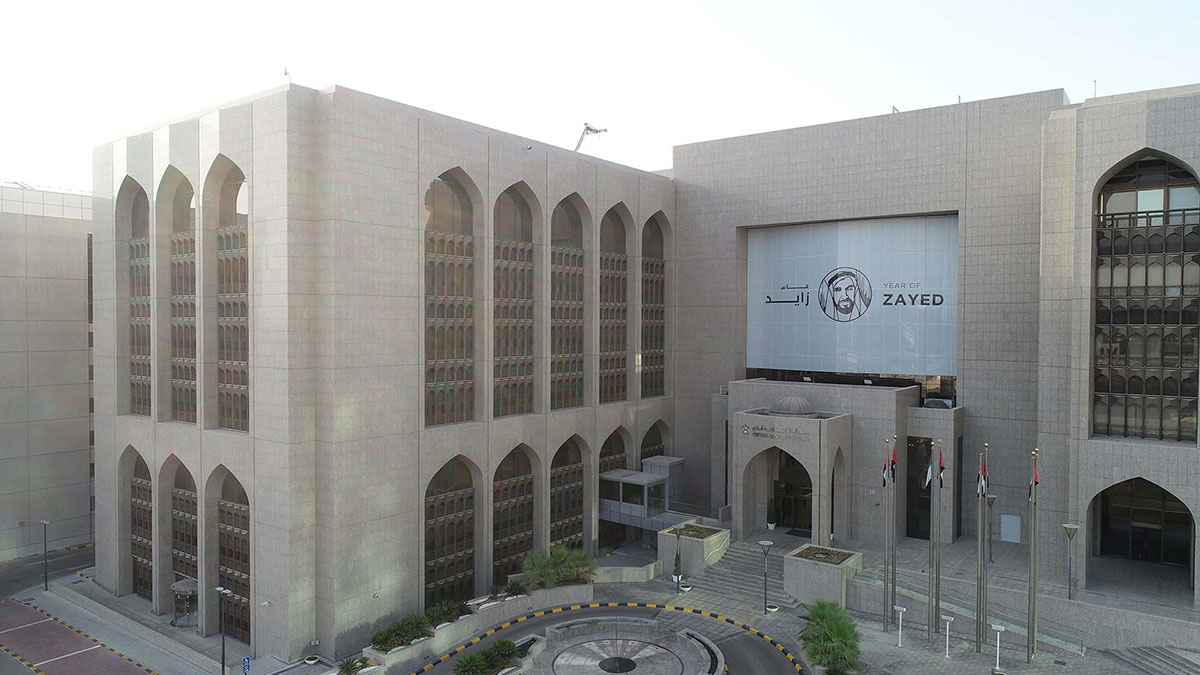MEN USED TO HAVE WIVES. NOW THEY HAVE STYLISTS.
Jay Buys’s wife changed his life with 10 words: “You know, you don’t have to just wear band T-shirts.”
Shirts from Nine Inch Nails and Thrice—for years, this was the bulk of Buys’s wardrobe. Were they awesome ? Yes. Did they make him look like the CEO of a successful web design firm? Not quite. “If I looked better, I would’ve felt better,” said Buys, 44, of San Diego. So he hired someone to teach him to look better.
For most, the term “stylist” brings to mind a celebrity dresser putting Timothée Chalamet in a bombastic red carpet outfit. But there is also an industry of white-collar stylists helping hapless corporate types find the right shirts and trousers for their daily lives.
For Buys, that guy was Patrick Kenger.
Kenger runs Pivot, a personal styling service, charging as much as $5,000 to remake your wardrobe. Kenger’s job is part Marie Kondo, part therapist and large part a personal shopper. He helped Buys retire the band tees at work, subbing them with Suitsupply blazers and Bonobos trousers.
The switch had a Superman-bursting-out-of-the-phone-booth effect on Buys. “I look like I know what I’m doing.” Strangers seem to think so, too. He was startled when a random 20-something at the grocery store saw his leather John Varvatos jacket and chirped, “I like your drip, bro!”
Today, strivers in tech, law and finance are wealthier than ever, but corporate dress codes have collapsed. The hoodie-clad billionaire has become a cliché. In the C-suite, Loro Piana sneakers have trounced dress shoes. Fleece vests have vanquished ties. At the same time, we’re in a new era of boardroom boasting.
Executives crow about their pay packages, their workout routines (looking at you Mark Zuckerberg!) and the rarity of their sneakers. To look like you haven’t bought new clothes since we all clutched BlackBerrys is to risk being lapped on the corporate ladder.
So, if you’re sitting there confidently dressed and accepting compliments on how well your pants fit, congrats! But there are many men who lack the skills to piece an outfit together. Stylists say their work has ballooned in the past decade as the range of options on what’s office “appropriate” has waylaid even confident corporate leaders.
“Men are very confused right now with the dress codes that have blurred the lines of formality,” said Jacci Jaye, a white-collar stylist in New York City for two decades, whose services start at $3,800 plus expenses. Jaye, who works solely with executives, said that many of her roughly 50 clients knew what they liked in terms of style, but had no idea how to achieve that look.
“I looked sloppy and I didn’t want to look sloppy,” said Raj Nangunoori, 36, a neurosurgeon in Austin. He spent working hours in scrubs, but out of them, he was adrift. “Even shorts, like I was never great at picking out shorts,” Nangunoori said.
Around a year ago, he googled in search of a stylist and hired Peter Nguyen, a former menswear designer turned $10,000 stylist. Nguyen’s entrepreneur- and tech-type clients are long on money, short on time and scant on clothing knowledge.
Nguyen’s first step is a lengthy questionnaire: What music do you listen to, what are your hobbies, where do you vacation? “I view my clients like they’re characters in a movie,” he said. They give him their background and Nguyen’s job is to outfit that character.
The pair landed on a neat framework for Nangunoori’s new look: What would Ryan Reynolds wear? Prosaic tees were swapped for polo-neck sweaters and James Perse chinos were tailored to fit properly. Nguyen got Nangunoori into a pair of Common Projects minimalist $500-ish sneakers. Most importantly, he convinced him to ditch his shopping mistake paint-splattered jeans.
“I can’t pull off what Travis Scott’s wearing,” said Nangunoori, relaying all his hard-bought wisdom.
Like working with a trainer, some clients are wary of admitting they enlisted a fashion guru. One CEO I spoke with who hired a stylist told his business partner he had done so, only to be mocked. After that, he decided “I’m not talking to anyone.”
“I never had my own confidence in going shopping and buying suits or dress clothes or even my weekend stuff,” said Nate Dudek, 42, an executive at a software company living in East Hampton, Conn. A “technology nerd,” Dudek wasn’t born with a strong visual sense. “That goes from everything from picking a wall color in my house to the way I dress.” His tees-and-jeans wardrobe was as spicy as a glass of milk.
In 2022, about one year before co-founding his own company, Dudek “set out to invest in myself” by hiring Cassandra Sethi, a New York stylist behind the company Next Level Wardrobe whose services currently start at $5,500. Dudek’s wife, who has “killer style” and occasionally shopped for him, took some warming up to the idea. “She was like, ‘Why? I’m so good at buying you clothes!’”
But Dudek wanted an objective outside advisor—someone who didn’t know him as intimately as his wife—to overhaul his closet. (His wife has come around, and is relieved to not be his unpaid personal shopper.)
He never even had to meet her in person. Sethi shipped him boxes of clothes and over a three-hour Zoom session they deduced what suited him best. The transformation, Dudek said, “was fairly obvious.” Colleagues commented that he was carrying himself differently in his new gray Ted Baker blazer, and Save Khaki United’s trim tees. “I felt it too,” he said.
It is a cliché—but a factual one—that in many relationships, the wife or better-dressed husband is the begrudging fashion consultant. Supreet Chahal, a personal stylist in Oakland specialising in tech guys, says many clients come in saying “my girlfriend tried to help me, my wife tried out on me, but she keeps dressing me the way she wants me to look.”
Marco Rodriguez’s former girlfriend didn’t shop for him, but did steer him towards Nguyen a few years ago. “She was like, ‘Hey listen, I know you hate shopping,” said the 39-year-old musician and entrepreneur in Austin.
And oh, he did. Rodriguez could never find pants that fit his “interesting physique.” When he needed new clothes, he had to force himself to buy them. His style was directionless. “ I knew what I wanted but I just didn’t know how to get there.”
With Nguyen’s assistance, Rodriguez landed on a sort of “Soho boho, I hate to say rockstar” look of low-key Justin Theroux-style leather jackets, Chelsea boots and pieces from Parisian label Officine Générale. The experience “got me out of my comfort zone,” Rodriguez said.
The mindlessness that comes from working with a stylist is enticing to efficiency-obsessed tech workers. “I don’t want to spend a lot of time thinking in the morning,” said Michael Peter, 53, a principal architect at Google in cloud technology. Previously, he dressed like your standard tech worker—jeans, tennis shoes, the odd Batman tee—but a lightbulb went off during one meeting when he watched a better-dressed colleague take charge.
“He walked in the room, he had gravitas,” said Peter. Striving for that same effect, he hired Sethi of Next Level Wardrobe. She directed him toward a “refined elevated casual look” of slender-but-stretchy Vuori pants (which accommodate his gym-rat legs) and James Perse polos. Rather than his girlfriend telling him what to buy, he says, she’s stealing his clothes “all the time.”
To be sure, all of this comes at a cost. Businessmen I spoke with view the hefty fees as an investment, like renting a well-appointed office.
“The cost didn’t faze me a bit,” said Aaron Preman, 48, who owns a roofing company in San Diego, and hired Kenger at around $3,500.
“He taught me a lot in a short amount of time,” Preman said. He discovered that wintery colours suit his olive complexion and that he really likes Theory suits and Zegna ’s $990 triple-stitch sneakers—he now owns several pairs. The cost of everything—the guidance, the clothes—has been worth it to Preman. “He could’ve told me $10,000 and I would’ve said, ‘Okay, when are you coming over?’”
 Copyright 2020, Dow Jones & Company, Inc. All Rights Reserved Worldwide. LEARN MORE
Copyright 2020, Dow Jones & Company, Inc. All Rights Reserved Worldwide. LEARN MORE
Chris Dixon, a partner who led the charge, says he has a ‘very long-term horizon’
Americans now think they need at least $1.25 million for retirement, a 20% increase from a year ago, according to a survey by Northwestern Mutual
Saudi Arabia ranked first among countries for the non-oil exports of national origin with BD201 million (22%)
Bahrain’s non-oil exports of national origin decreased by 6% to BD894 million ($2.37 billion) in Q2 2024 compared to the same period in 2023. The top 10 countries accounted for 64% of the total export value.
According to the Information & eGovernment Authority (iGA) in its Q2 2024 Foreign Trade report, Saudi Arabia was the leading destination for these exports, totaling BD201 million (22%). The US followed with BD75 million (8.4%), and the UAE with BD73 million (8.2%).
Unwrought aluminum alloys were the top exported product in Q2 2024, amounting to BD267 million (30%), followed by agglomerated iron ores and concentrates alloyed at BD159 million (18%) and non-alloyed aluminum wire at BD49 million (5%).
Non-oil re-exports
Non-oil re-exports increased by 4% to reach BD206 million during Q2 2024, compared to BD198 million for same quarter in 2023. The top 10 countries accounted for 86% of the re-exported value. The UAE ranked first with BD58 million (28%) followed by Saudi Arabia with BD39 million (19%) and UK with BD17 million (8%).
As per the report, turbo-jets worth BD65 million (32%) were the top product re-exported from Bahrain, followed by private cars with BD11 million (5%) and four-wheel drive with BD9 million (4%).
The value of non-oil imports has decreased by 4% reaching to BD1.41 billion in Q2 2024 in comparison with BD1.47 billion for same quarter in 2023. The top 10 countries for imports recorded 68% of the total value of imports.

China Bahrain’s biggest importer
China ranked first for imports to Bahrain, with a total of BD191 million (14%), followed by Brazil with BD157 million (11%) and Australia with BD112 million (8%).
Non-agglomerated iron ores and concentrates were the top product imported to Bahrain worth BD200 million (14%), followed by other aluminum oxide with BD101 million (7%) and parts for aircraft engines with BD41 million (3%).
As for the trade balance, which represents the difference between exports and imports, the deficit logged was BD310 million in Q2 2024 compared to BD322 million in Q2 2023.
Chris Dixon, a partner who led the charge, says he has a ‘very long-term horizon’
Americans now think they need at least $1.25 million for retirement, a 20% increase from a year ago, according to a survey by Northwestern Mutual





















